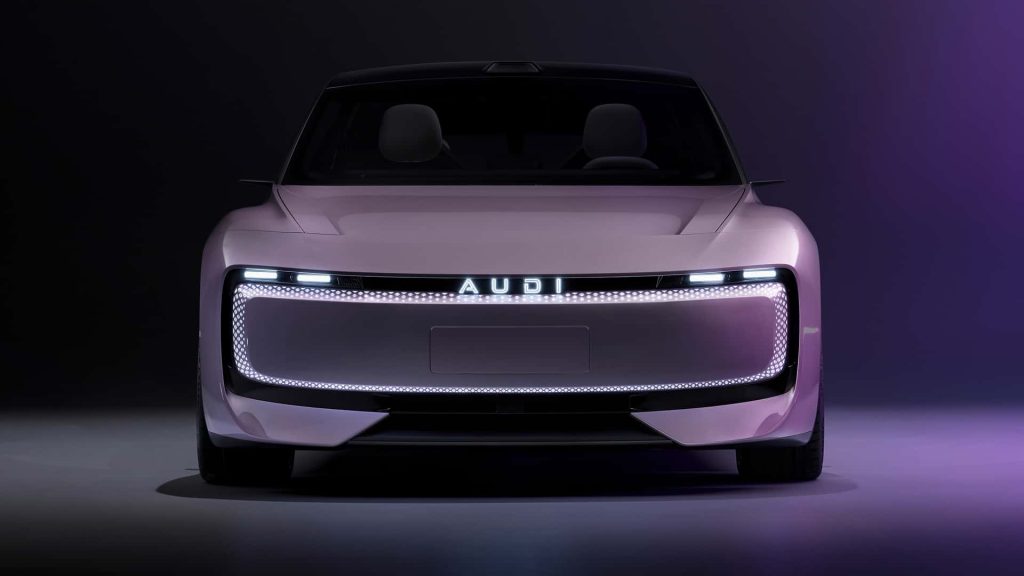For German car companies, China’s luxury car market has devolved from secure future profits to disastrous income losses. With its powerful economy and a vast market of first-time car buyers, unaffected by brand loyalty, the Chinese market is irredeemably attractive to any car company.
But it does come with risks. Chinese traffic, extended working hours and demanding professional schedules mean low mileage. Especially for luxury cars, which travel very slowly in huge Chinese urban zones. Those low mileages mean maintenance and wear-induced upgrades are much lower than in other luxury car markets.
No ad to show here.
Another risk is underestimating the very innovation that has made Cihina such an economic success: rapid product iteration, innovation and technology integration. It was always only a question of time before Chinese domestic car companies, and their models would rapidly improve and potentially offer a customer proposition that was different and valuable enough to intercept German luxury car sales.
With sales and revenue numbers for 2024 starting to tabulate, this appears to be the year that more Chinese buyers are choosing local instead of imported luxury. With devastating consequences for all German car companies.
Chinese cars and UX
A significant issue for German luxury car brands in China, is that the German brand differentiation features are immaterial. German turbopetrol, turbodiesel powertrain technology, and high-speed driving stability don’t matter in a market where EVs and PHEVs dominate, and driving speeds are low.
Any notion of the traditional grand router or luxury sedan/SUV for a weekend away or vacation road trip isn’t a need in China. That greatly negates the traditional driving experience differentiation that has made German luxury cars unrivalled in all global markets since the 1970s.
The result is that many Chinese luxury car buyers, especially younger professionals, are choosing domestic brands. Daring design, oversized screens, and targeted UX are what Chinese car brands do well.
With its powerful domestic Smartphone and consumer electronics industry, Chinese car companies can source excellent screens and some of the world’s best software engineers and UX specialists. Creating a connected in-car infotainment experience often far superior to legacy car companies – many struggling with UX design, device integration and general software architecture.
German car companies are beholden to their established design language legacy and product expectations prioritising high-speed cruising comfort and dynamic driving excellence. Things that just don’t matter to Chinese luxury car buyers.
German profits are evaporating
In a market where daring design and UX interfacing are much more important than autobahn performance and absolute NVH, German luxury cars simply aren’t compelling for more and more Chinese buyers. And the results are telling.
The brand which showed so much vision for the Chinese car market’s potential in the 1980s, VW, has seen its profits turn negative by 64% year-on-year. Within the largest German automotive holding structure (VW AG), the numbers are even more alarming when analysed by brand: Audi’s profits slipped 91%.
BMW is down 84% and its Stuttgart rival, Mercedes-Benz, 64%. Can German engineering and design, once the two most valuable and desirable product features of any luxury car, counter the outcomes of Chinese industrial policy and a new generation of Chinese car designs, UX specialists and customers unattached to the idea of a traditional German luxury car?
Do German CEOs have a plan?
For the last decade, future product and income planning in Ingolstadt, Munich, Wolfsburg and Stuttgart’s was made with the guarantee that Chinese demand for German luxury cars would only grow – and never plateau. Much less regress. This year has been the moment of reckoning.
Profits are down, and costs are high at most German production facilities. In addition to that, there are issues of entrenched union employment contracts and union representation at the board level, and there is no easy decision for German car company CEOs. Leaders at Audi, BMW, Porsche, Mercedes-Benz and VW must reposition their product development and R&D allocations to address the China issue and account for a strategy to restore those revenues.
The question for board members, management consultants, IG Metall, and suppliers is simple. Can German car companies reinterpret themselves and their portfolios with a generation of luxury 2.0 products, to recover their Chinese market share?
